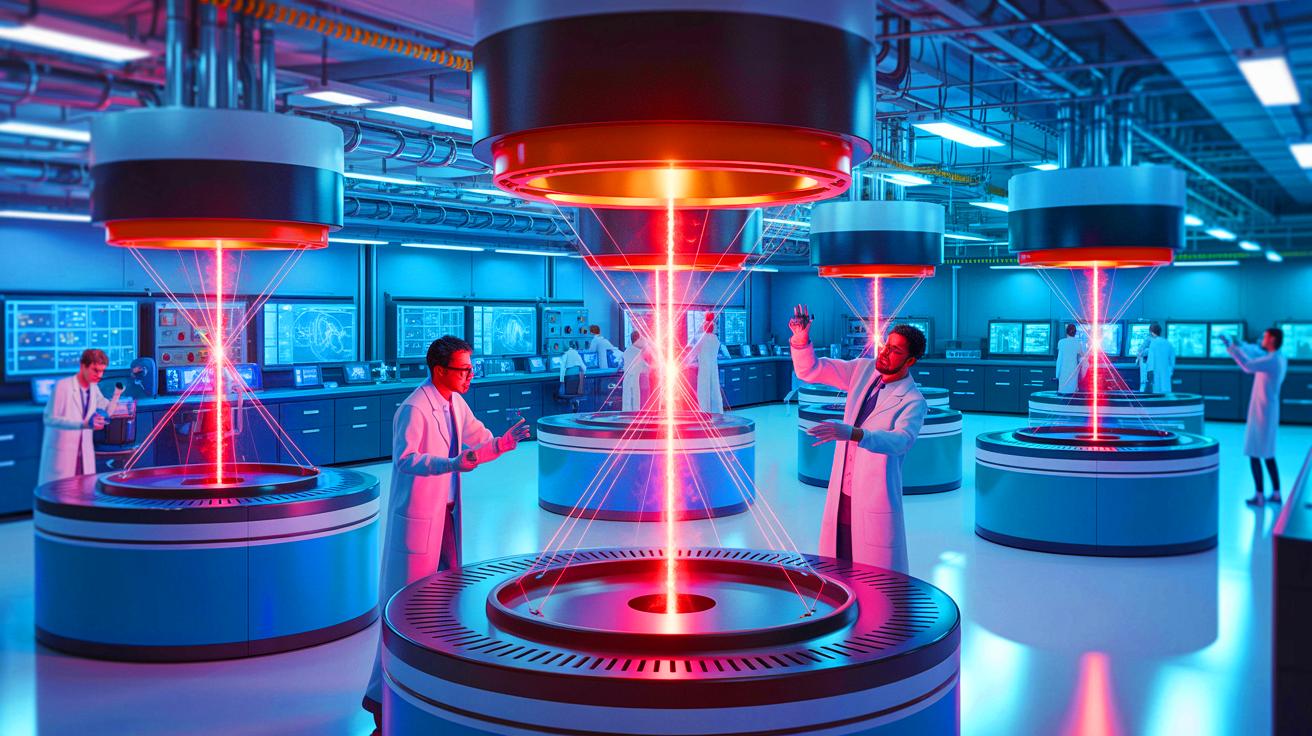Unveiling the Secrets of Hydrogen-6: A Revolutionary Experiment in Nuclear Physics
Key Ideas
- An international team at Mainz Microtron achieved a nuclear physics breakthrough by producing hydrogen-6, challenging existing theories.
- The innovative two-step process involved using an electron beam and advanced spectrometers to detect the neutron-rich isotope.
- The experiment sheds light on multi-nucleon interactions, nuclear stability, and the need for revising models of neutron-rich environments.
- The collaboration underscores the significance of global scientific partnerships in advancing fundamental physics research.
In a groundbreaking experiment at Mainz Microtron (MAMI), an international research team successfully produced hydrogen-6 (⁶H), one of the most neutron-rich isotopes. This achievement challenges existing theories about multi-nucleon interactions and nuclear stability. The innovative two-step process involved using an electron beam and advanced spectrometers to detect and study hydrogen-6, shedding light on the forces governing atomic nuclei in neutron-rich environments. The experiment's success highlights the importance of global scientific collaborations. This breakthrough offers profound implications for nuclear physics, suggesting the need for revising current models of nuclear interactions. As researchers delve into the properties of hydrogen-6 and other exotic isotopes, new questions arise, driving further exploration into the realms of nuclear stability and multi-nucleon forces. The experiment sets the stage for future research in nuclear physics and emphasizes the impact of international scientific partnerships in advancing our understanding of fundamental physics.
Topics
Production
Collaboration
Scientific Breakthrough
Isotopes
Nuclear Physics
Particle Accelerator
International Research
Latest News
